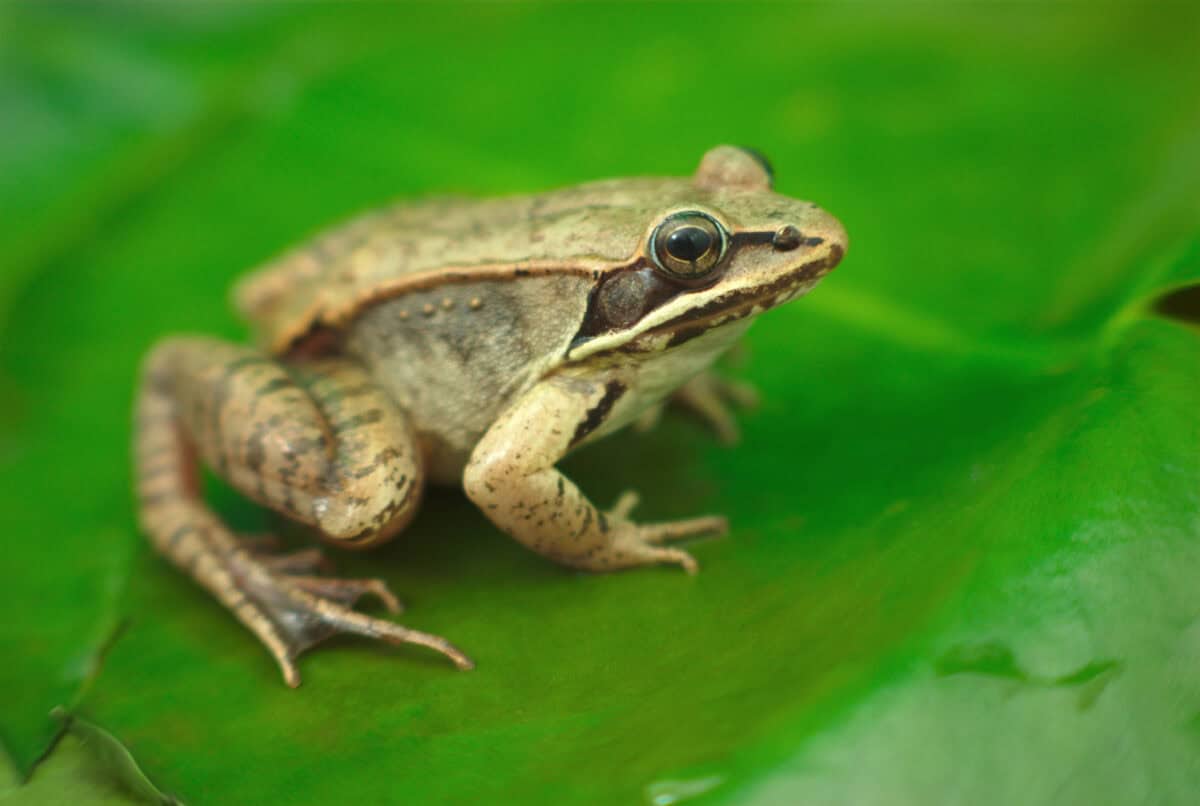Nature is full of wonders and mysteries that never cease to amaze. Among these are creatures with an extraordinary ability to survive the seemingly lethal conditions of freezing temperatures. As we journey into the fascinating world of freeze-tolerant animals, we unravel the biological marvels that allow them to thrive despite being frozen solid. Get ready to meet 12 incredible creatures that defy the icy grip of winter and walk away largely unscathed.
Wood Frog The Amphibian Ice-Resistant Marvel

The wood frog (Rana sylvatica) is a champion of cold endurance. Found commonly throughout the forests of North America, these remarkable frogs have muscular mechanisms that allow them to survive the deep freezes of winter. When temperatures plunge, the wood frog guarantees its survival by turning its body into a frozen state. During this period, its heart stops beating, and it stops breathing, exhibiting what can be described as suspended animation. The secret lies in high concentrations of glucose produced in their liver, which acts as a cryoprotectant to prevent internal cell damage. Come spring, these frogs thaw out and return to life as though nothing has happened.
Painted Turtle A Testimony to Natural Antifreeze

Another astonishing example is the painted turtle (Chrysemys picta), found in North America. These turtles have adapted to survive cold weather by hibernating in the mud at the bottom of ponds. Their bodies can withstand the freezing of extracellular fluids, thanks to their natural antifreeze capability, which prevents the freezing process from reaching vital tissues. The turtles remain largely inactive, with their metabolism reduced to minimal levels for winter. When temperatures rise, a gradual warming process brings them smoothly back to their active state.
Arctic Woolly Bear Moth An Insect’s Frigid Fight for Survival

The Arctic woolly bear moth (Gynaephora groenlandica) is one of nature’s intrepid insects. Living in the Arctic tundra, this caterpillar endures multiple freeze-thaw cycles. Amazingly, the caterpillar’s body temperature can drop to -70°C without vital organs being damaged. It does so by producing glycerol, a type of antifreeze, which protects its tissues from freezing solid. This incredible adaptation allows the caterpillars to survive seasonal extremes as they slowly grow over several years into adulthood, making it one of the longest lifespans for a moth.
Alaskan Upis Beetle A Chemical Frost Shield

The Alaskan beetle (Upis ceramboides) has a unique strategy to fight off the freezing cold. Its survival mechanism revolves around specific proteins that prevent the formation of ice within their cells. Notably, scientists discovered that these beetles contain xylomannan, a compound that acts as an antifreeze. This allows the beetle to withstand temperatures as cold as -60°C. The discovery of this compound has implications in other fields, such as cryopreservation research and improving freeze-resistance in crops.
Tardigrades Mastering Extreme Conditions

Tardigrades, often called water bears, are microscopic wonders that can survive extreme environments. Despite their tiny size, they can withstand freezing temperatures, desiccation, and even radiation. Tardigrades achieve this remarkable resilience by entering a cryptobiotic state, effectively shutting down metabolic processes and losing almost all their body water. Once conditions improve, they slowly rehydrate and resume their activities, seemingly untouched by the environmental extremes.
Springtail The Frost-Savvy Arthropod
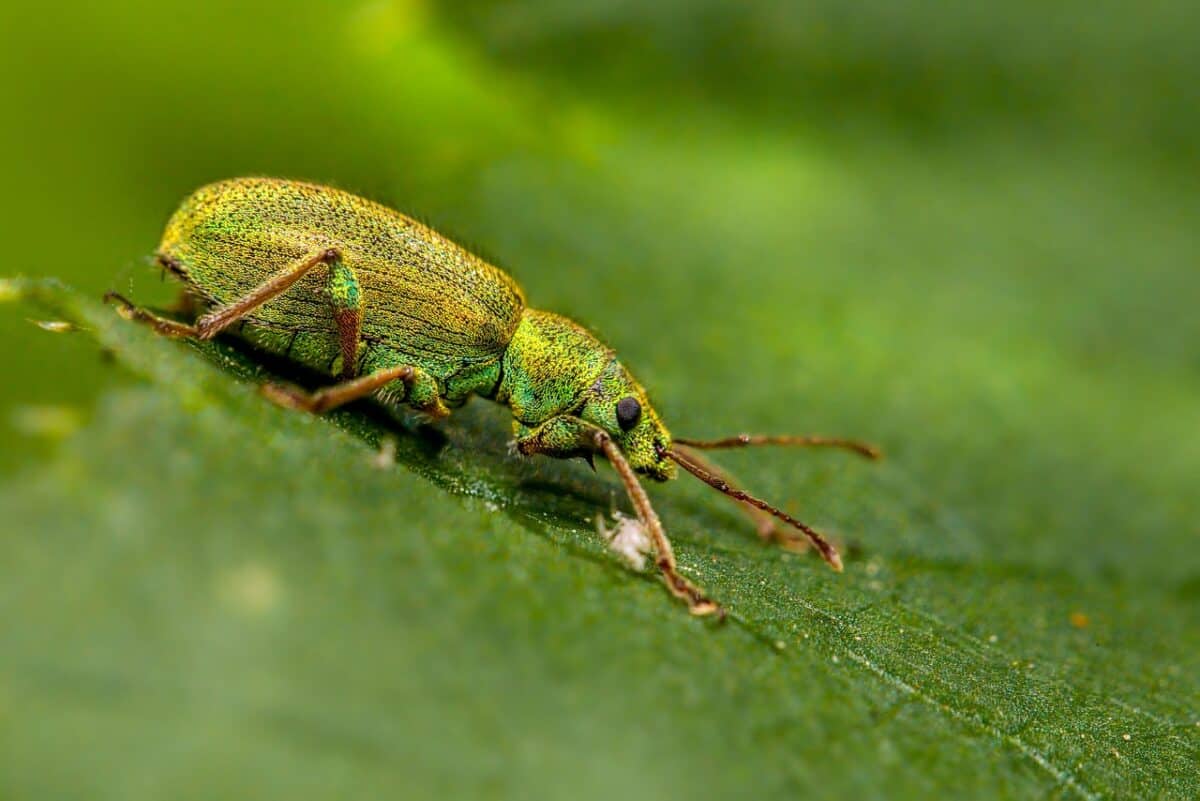
Springtails, small soil-dwelling arthropods, employ one of the simplest yet effective methods of surviving harsh winters. Found across various continents, these creatures produce glycerol as an antifreeze, preventing the formation of ice crystals inside their cells and tissues. This adaptation allows springtails to endure freezing environments and maintain their population throughout the year.
Siberian Salamander Survival in the Frost
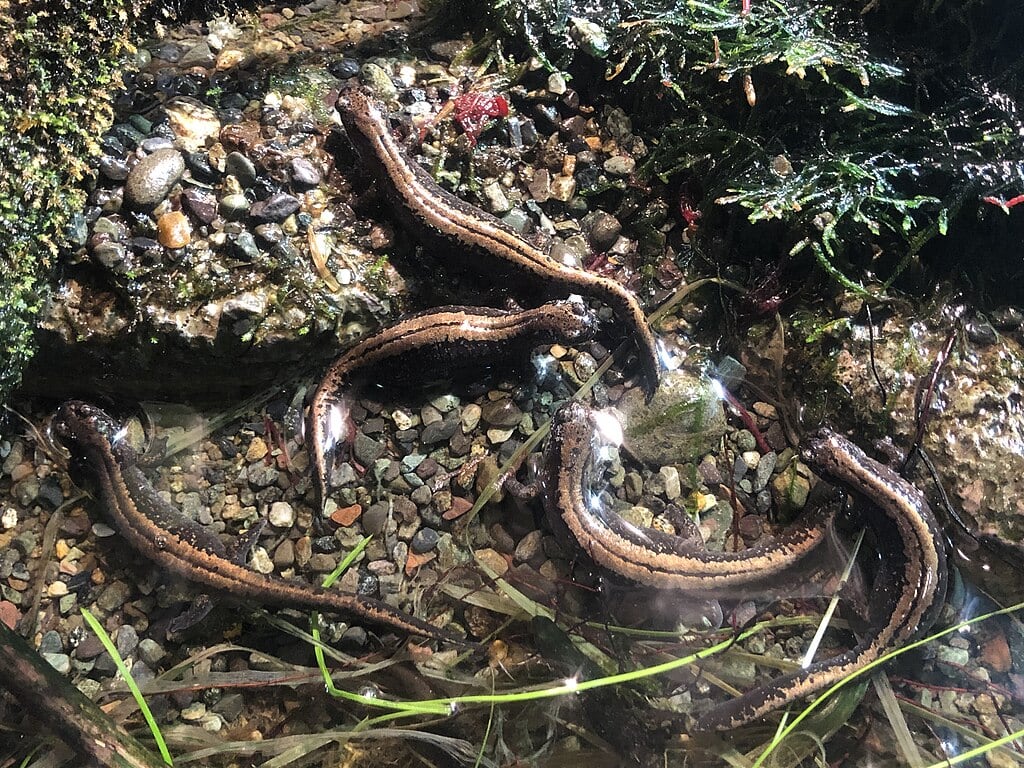
The Siberian salamander (Salamandrella keyserlingii) surprises many with its ability to survive being nearly frozen. Native to permafrost regions in Russia, these salamanders can endure temperatures plunging to -35°C for extended periods. They do so by converting glycogen to glucose, which keeps their tissues from freezing. After the frigid winter, they thaw and continue their life as if the harsh conditions never existed.
Snapping Turtles Hibernators in the Ice

Primarily known for their strong jaws, snapping turtles can also survive chilling temperatures by hibernating underwater. As temperatures drop, they burrow into the mud and allow their body fluids to resist freezing. Reduced metabolic rates and their ability to extract oxygen from the water allow them to go without breathing air, remaining in a frozen state until temperatures rise once again.
Antarctic Fish Nature’s Own Antifreeze
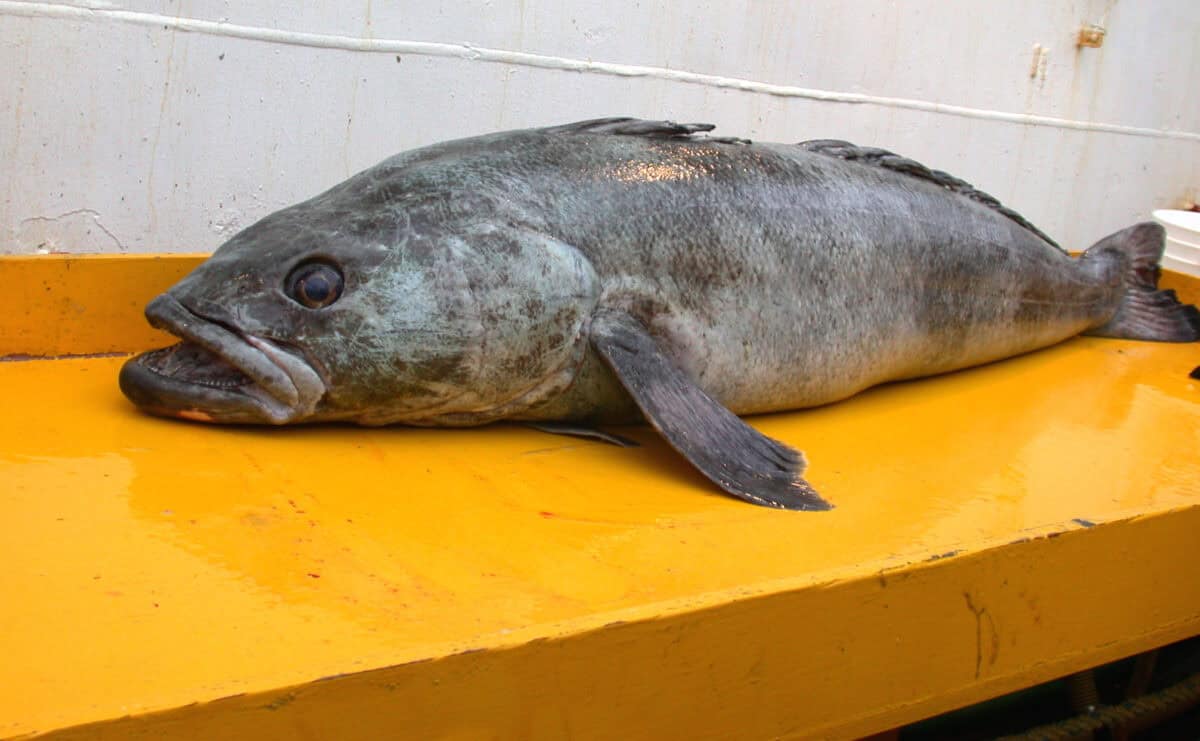
In the icy waters of Antarctica, fish have evolved unique adaptations to survive freezing conditions. An example includes the Antarctic icefish, which possesses antifreeze glycoproteins in its blood that prevent ice crystal formation. This allows them to swim freely in subzero waters, a true testament to nature’s adaptability in extreme conditions.
Red Flat Bark Beetle Freeze-Endurance at Its Finest

The red flat bark beetle (Cucujus clavipes) exemplifies extreme cold resistance. Inhabiting cold forests, these beetles are capable of surviving temperatures below -50°C. They accumulate antifreeze proteins and control extracellular ice formation, allowing them to remain alive during intense freezes. This beetle represents one of the unrivaled examples of freeze tolerance in nature.
Resurrection Plant A Botanical Masterpiece of Revival
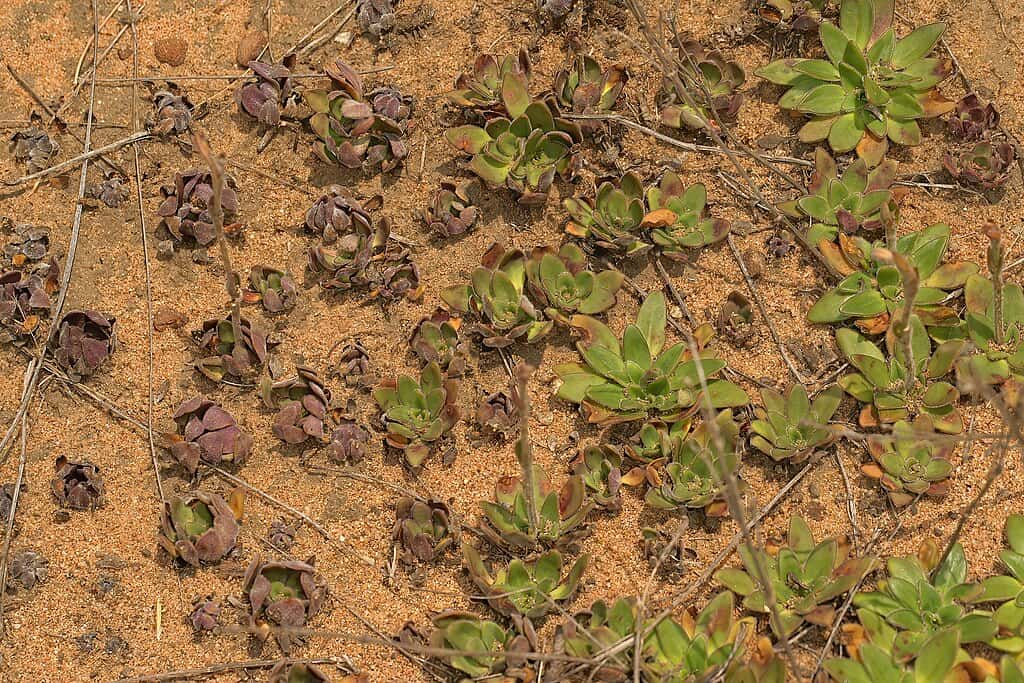
While not an animal, the resurrection plant is a botanical marvel capable of withstanding not just freezing but also desiccation. Known scientifically as Selaginella lepidophylla, this plant curls into a tight ball during drought or cold and enters a dormant state. Upon rehydration or warming, it unfurls and returns to life, demonstrating resilience and adaptability in hostile environments.
Icefish of the Antarctic Adaptation at the Cellular Level
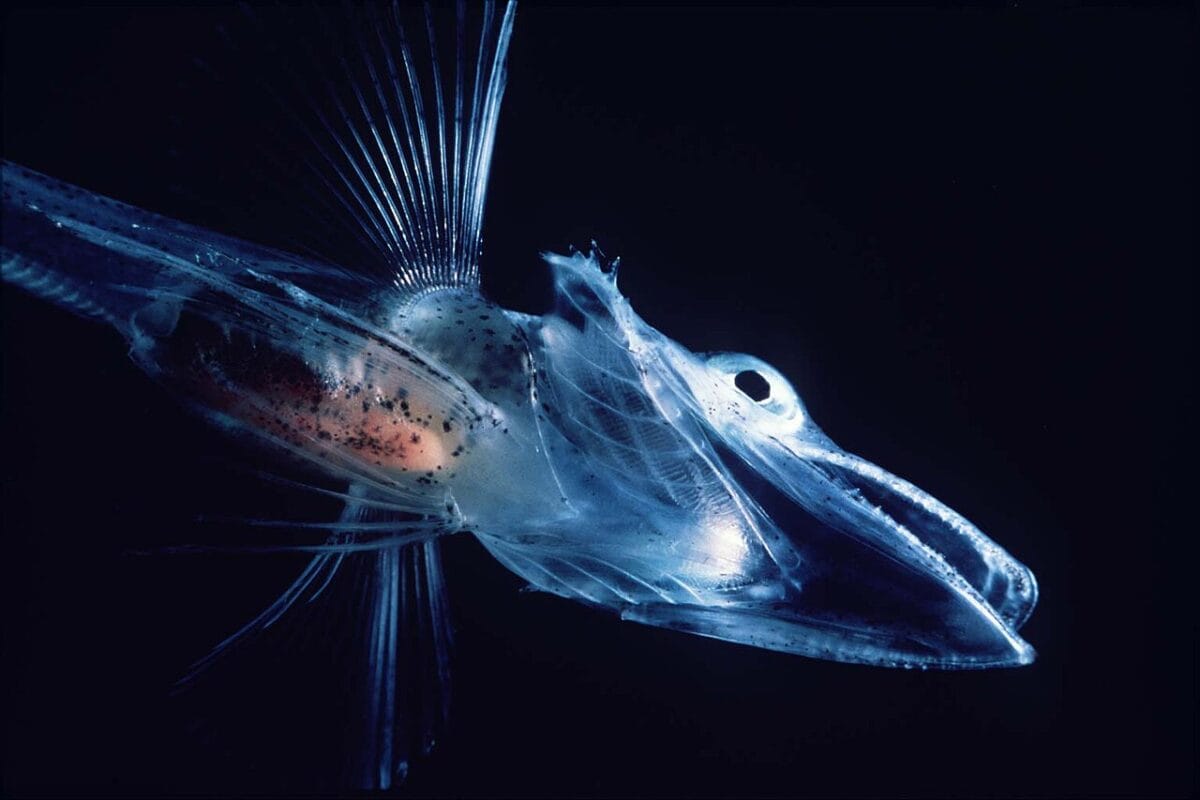
The icefish (Notothenioidei) possesses unique adaptations, such as the absence of hemoglobin in their blood, which reduces the viscosity of blood in cold temperatures. They also produce glycoprotein to inhibit ice crystal formation. These remarkable adaptations allow icefish to reside in one of the most inhospitable corners of the Earth, showcasing evolution’s intricate artistry.
Conclusion

Often hidden beneath layers of ice or below the surface, these 12 extraordinary creatures underscore the resilience and versatility of life on Earth. Their existence in frozen habitats emphasizes the unerring complexity of biological adaptations and the tenacity of life in overcoming seemingly insurmountable challenges. These natural antifreeze systems serve as a testament to the power of evolutionary achievement, captivating the imagination and spurring continued scientific inquiry into nature’s persistent wonders.
- 13 Wild Babies That Are Born Ready to Run - August 16, 2025
- 12 Wild Creatures That Can Regrow Entire Limbs - August 16, 2025
- How Do Whales Communicate Across Thousands of Miles? - August 16, 2025

